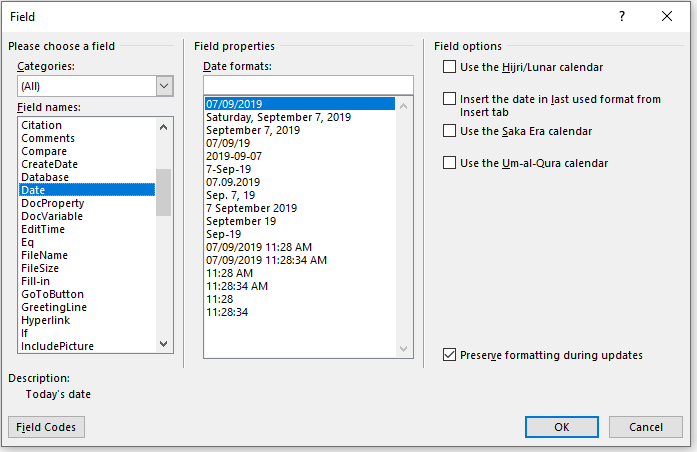

- #EDIT CONDITIONAL MERGE FIELDS WORD FOR MAC HOW TO#
- #EDIT CONDITIONAL MERGE FIELDS WORD FOR MAC SOFTWARE#
Try using different fields and see what happens.
#EDIT CONDITIONAL MERGE FIELDS WORD FOR MAC HOW TO#
The best way to learn how to use merge fields is by experimenting. You can then insert fields just as you would in Word 97 or Word 2000. Choose Toolbars from the View menu, and then choose Mail Merge. In reality, it is easier to just display the Mail Merge toolbar in Word 2002 or Word 2003, and then use the tools available there. If you want to insert a merge field, you click on the More Items link to see which merge fields are available. If you are using Word 2002 or Word 2003, then you choose what to include from the options presented in the task pane. For instance, you can insert a conditional field that would check the value of a field in your data source and only include information if a certain condition was met. These fields don't represent data, but instead control how Word creates the final document based on information in your data file. This button allows you to place other types of controlling fields in your document. For instance, if you have a field named LastName in your data source, you can select that field when you click your mouse on the Insert Merge Field button. This button allows you to select, by field header name, the information to be inserted in your finished document. The two main buttons you will use are the following: This toolbar appears automatically whenever you have opened a main mail merge document that has a data source attached to it. Select the merge field you want to change, then do one of the following: Change a. If you are using Word 97 or Word 2000, you use the tools on the Mail Merge toolbar. Click Document in the sidebar, click the Document tab, then click Mail Merge. Again, how you do this depends on your version of Word. Once you have started the mail merge process (as described in the previous tip), you can easily insert the appropriate merge fields. If you type the curly braces manually, the conditional formatting won’t work.When you are creating your main mail merge document, you use merge fields to indicate where Word should insert information it extracts from your data source. You can only create a blank field by pressing Ctrl+F9. It begins with a condition and then contains the action to perform if true, as well as the action to take if false, as shown below: In Microsoft Word, the IF function is enclosed in curly braces. How to Insert Conditional Content (If…Then…Else) in Word Mail Merge Fields We’ll also go through a simple method for hyper-personalizing your emails using GMass.

In this article, we’ll show you how to set up a conditional mail merge in MS Word correctly, as well as the most common mistakes to avoid. In addition, if you make a small error, you’ll run into a slew of formatting issues.

#EDIT CONDITIONAL MERGE FIELDS WORD FOR MAC SOFTWARE#
Conditional mail merge allows you to change the content of your emails based on specific criteria or variable data in your excel data file, such as gender, client sector, purchase date, and so on.Ĭonditional mail merge capabilities in Microsoft Word are limited and need strong software expertise to set up. However, you may employ an IF…THEN…ELSE rule to modify formatting and replace text/paragraphs depending on the conditions you define. In addition, when sending out emails, MS Word does not preserve the formatting of MS Excel data files. The structure of the IF function is shown below.
 The document will look like below with field codes shown instead of the field enclosed in chevrons such as <
The document will look like below with field codes shown instead of the field enclosed in chevrons such as <This will toggle the field codes of your document. Unlike Excel, there is no conditional formatting button in Microsoft Word. To do this, press Alt + F9 on the keyboard. What if you want to apply more advanced personalization in a Word mail merge (beyond the basic first name/last name changes) or include conditionally formatted content in the merge fields? You can accomplish that with conditional mail merge rules in Microsoft Word. Microsoft Word provides basic personalization options for mail merges using merge fields.


 0 kommentar(er)
0 kommentar(er)
